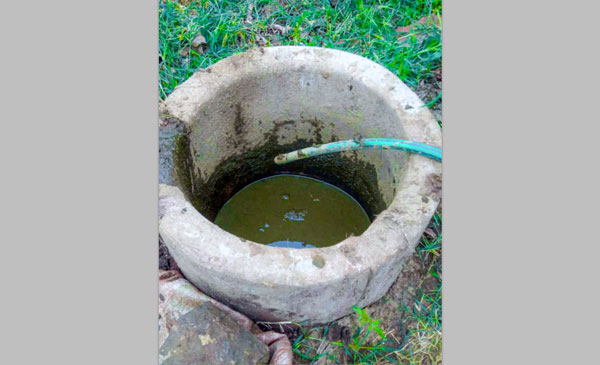
In Kenya, small and medium-sized farmers – and even upmarket households – are adopting biodigesters to turn their animal waste into biogas, which they use for cooking fuel and lighting.
SPECIAL FEATURE | BIRD AGENCY | Thirty-three-year-old Kelvin Maina Njuguna considers himself a ‘full-time farmer’.
He rears cows, pigs, goats, and chickens on his one-and-a-half-acre farm in Kiambu County, about 25 kilometres from Nairobi, selling meat products through three butcheries, while also growing avocados and passion fruit.
Njuguna prides himself on being an ‘innovative farmer who thinks outside the box’. That extends to his power consumption.
“I produce electricity from animal wastes in large quantities daily and save lots of money on monthly power bills. Besides saving money, I rely one hundred per cent on green energy,” said Njuguna.
“I rarely experience issues like power blackouts in my home. I pay my child” s tuition fees comfortably, and I have another child on the way as my wife is pregnant”, he added.
Solomon Kamau, manager of Sistema Bio in Kiambu County, a company that sells biodigesters to small and medium-sized farmers, explained that animal excrement is increasingly becoming a game-changer for farmers in the area, with his company providing services to around 20 new farmers every month.
“If you want to produce electricity from chicken poop and droppings from other livestock, you first convert it to biogas, then into electricity. That is the process and it’s very easy”, he explained, adding that at least 40 litres of animal waste is needed each day to produce biogas.
“We collect faeces from chickens, cows, and pigs. It is sometimes mixed, and that is very effective. Chicken poop is very effective, but one has to be careful when collecting it as it gets contaminated with sawdust”, he said.
“Chicken farmers who use the cage system produce pure droppings, resulting in good quality biogas.”
According to Kamau the prices for the systems he provides can range from just US800 to as much as US$10,000. The process involves a specific bacteria – known as syntrophic acetogenic bacteria – being produced.
This bacteria breaks down the biodegradable components for microbes to convert into methane through fermentation. In this process, oxygen is absent; this process (which takes place in an airtight chamber) is called anaerobic digestion.
And it is not just farmers who are purchasing the system; it has also become increasingly popular with larger homeowners in some of Nairobi’s upmarket neighbourhoods, according to Kamau.
The Kenyan government is also exploring the possibility of implementing this technology to add extra megawatts to the national grid, which is currently run almost entirely on renewable energy.
The government is currently searching for suitable land to construct a 45 MW facility. The project will involve collaboration between Kenya’s Ministry of Environment and the Energy Ministry.
“Our ambition is that we merge this technology into our national grid. Or we look at an alternative of buying off the green electricity from farmers regularly”, said Soipan Tuya, Cabinet Secretary for Environment and Sanitation.
Data from Energy Capital and Power, an Africa-focused global investment platform for the energy sector, shows that Kenya — which leads in biogas policies and investments in Africa and which has made the most progress towards establishing viable biodigester markets — has 17,000 household biogas digesters and 8,000 biogas plants.
Currently, over 75% of energy in Kenya is generated from renewable sources, primarily geothermal power and hydropower.
*****
SOURCE: Gitonga Njeru, bird story agency
 The Independent Uganda: You get the Truth we Pay the Price
The Independent Uganda: You get the Truth we Pay the Price



